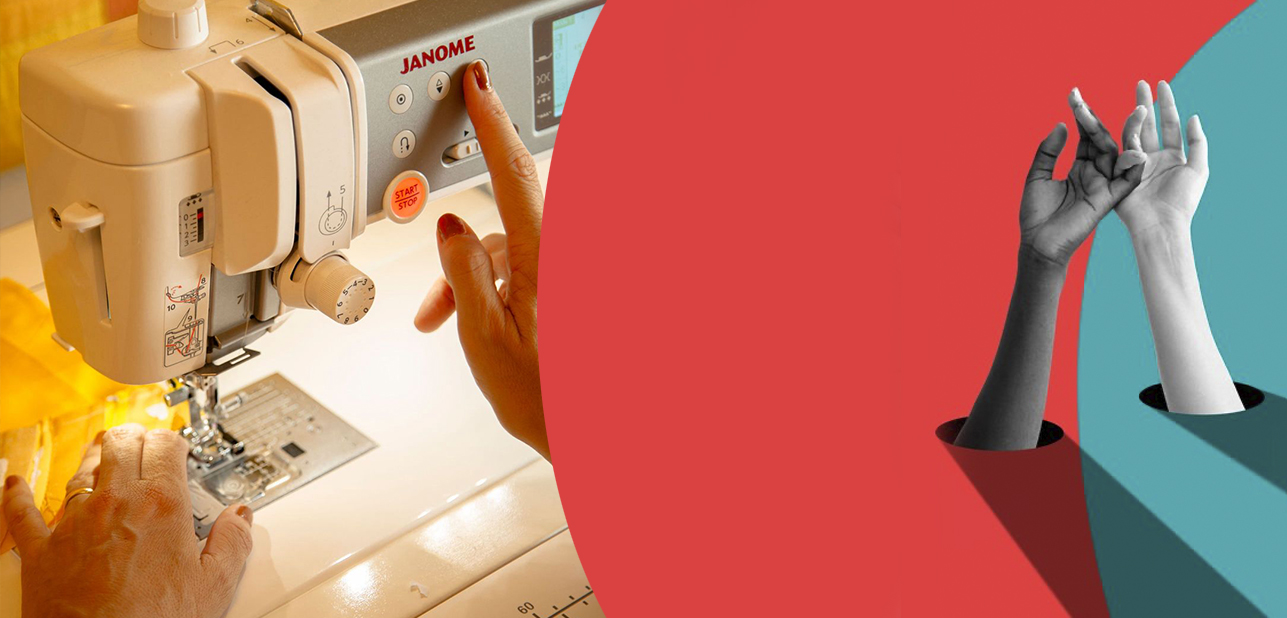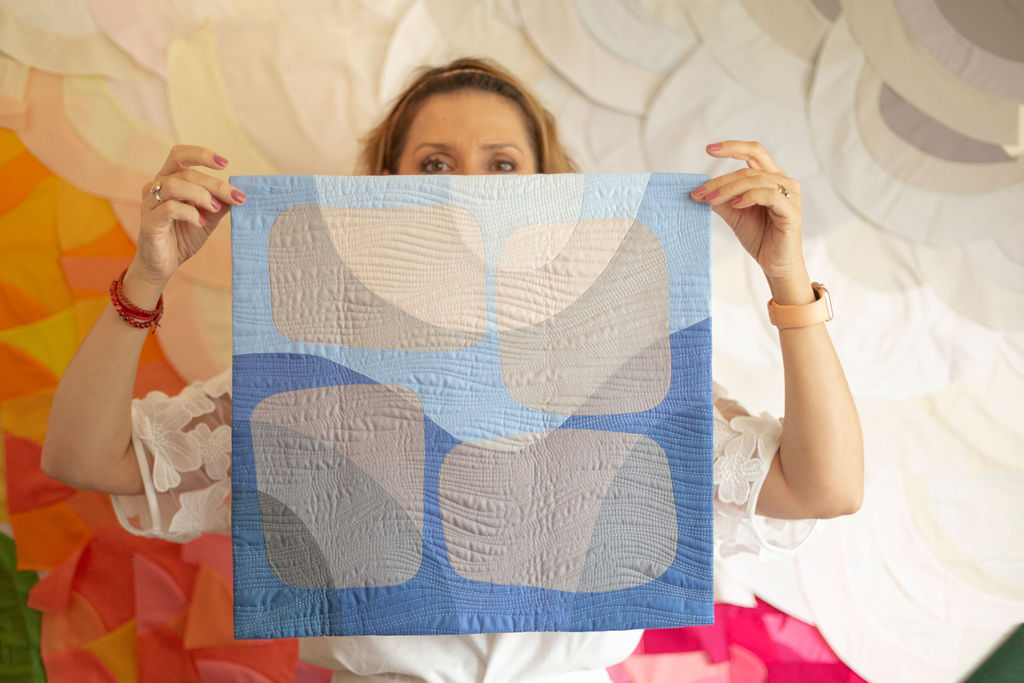Negative space in quilting can be the key to transforming your designs. It’s often overlooked, yet it creates balance and gives your quilt a clean, modern look. Have you ever noticed how some quilts feel cluttered while others seem to breathe? That’s the power of using space effectively.
Carolina Oneto, known for her artistic approach, teaches how to master this technique. Her classes focus on how to manage the background areas in quilts, helping you create beautiful, harmonious designs. In this blog, you’ll learn why negative space matters, how it can highlight your stitching, and why Carolina Oneto is the go-to mentor for mastering this advanced technique.
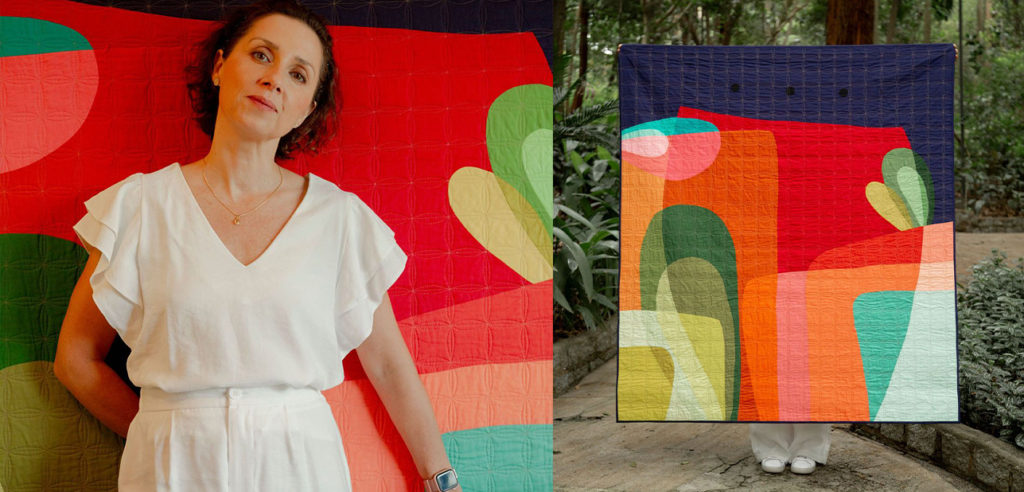
The Power of Negative Space in Modern Quilting
Negative space in quilting plays a critical role in transforming designs. It refers to the unoccupied areas within a quilt, where patterns and blocks do not dominate. This technique provides quilters with a powerful way to balance intricate patterns, adding simplicity to complex designs. By incorporating negative space, a quilter can focus the viewer’s attention and create a striking impact. This technique allows the eyes to rest while appreciating each quilt’s details. Let’s explore how it enhances focus, adds drama, and brings balance to quilting projects.



Enhancing Focus with Negative Space
Negative space in quilting provides a natural way to direct attention. When there is less visual clutter, specific elements like intricate patterns, bold shapes, or unique blocks become the focal point. This focus can highlight the complexity of a design, making the details stand out against the background. Negative space also helps avoid overwhelming the viewer, providing visual relief and creating a sense of calm.
For quilters, this technique offers a tool to frame the most important aspects of a quilt. It allows each section to breathe while still creating a cohesive whole. By intentionally leaving areas unoccupied, quilters can guide the eye toward their most important design elements. This adds structure and clarity to the overall composition.
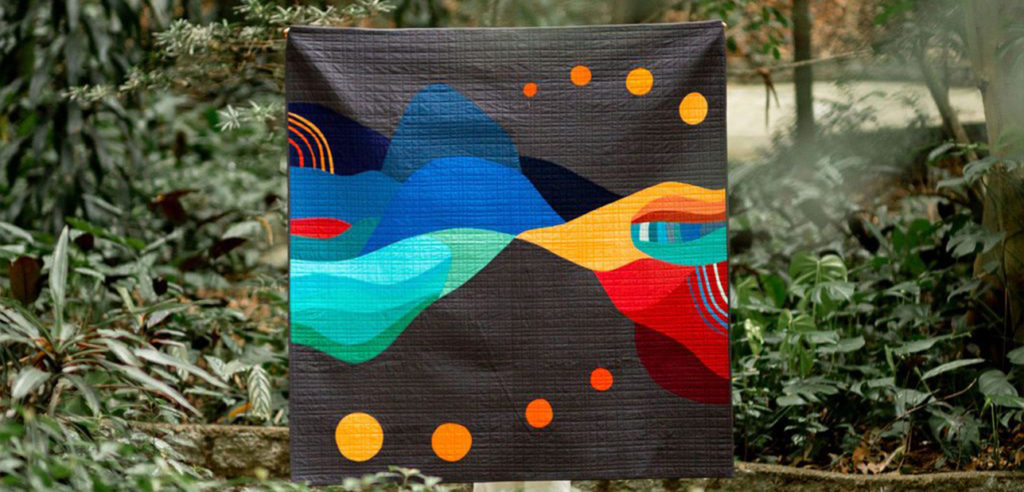
Adding Drama to Quilt Designs
Negative space can also introduce drama into a quilt. Contrast between heavily patterned areas and blank sections brings boldness and excitement to the design. Quilters can shape negative space using geometric forms like triangles, squares, or curves to create dynamic movement. The careful use of shapes in negative space can evoke energy or flow within the composition, giving the quilt a sense of motion.
Color also plays a vital role in adding drama. Bold, contrasting colors used within the positive space paired with neutral negative space enhance the visual impact of the quilt. By using bright or dark tones against simpler backgrounds, quilters can create striking contrasts. This approach provides a sense of depth and intrigue, pushing traditional quilting boundaries and bringing a modern edge.
Creating Balance and Harmony in Quilt Designs
A key function of negative space in quilting is to balance the overall design. Without proper balance, a quilt can appear busy or chaotic. By leaving certain areas unoccupied, negative space prevents overcrowding and fosters a harmonious look. When used effectively, it balances the complexity of patterns and blocks, ensuring neither overshadows the other.
This technique also supports a minimalist aesthetic, a growing trend in quilting. Clean lines, uncluttered spaces, and simple shapes dominate in minimalist quilts, often using negative space as a foundation. By keeping designs simple and allowing areas of a quilt to remain free of decoration, quilters achieve a calming, serene result. Negative space creates this calm by softening the intensity of intricate patterns.
Additionally, negative space helps unite different elements within a quilt. Whether combining various shapes, colors, or textures, the unoccupied areas serve as a seamless connection between these diverse elements. This blend of designs ensures a more cohesive and visually pleasing composition.
Quilters aiming to elevate their work often turn to negative space as a tool for improving focus, adding dramatic elements, and ensuring balance. It serves as a foundational technique that enhances both traditional and modern quilting styles. When thoughtfully applied, negative space can turn a good quilt into a truly remarkable one.
Learn the Art of Quilting with Carolina Oneto
Carolina Oneto is known for her innovative quilting techniques, particularly in mastering negative space in quilting. She offers a range of services designed to help quilters refine their skills and create more impactful designs. Whether you are looking to explore negative space or other advanced techniques, Carolina’s workshops and classes offer invaluable guidance.
On-Demand Classes for Flexible Learning
Carolina’s on-demand classes allow quilters to learn at their own pace. These sessions cover a wide range of topics, including mastering the use of negative space in quilting. One class, Befriending Colors, teaches how color theory plays a key role in quilt design. Another class, Creative and Colorful Improv Piecing, encourages quilters to explore spontaneity in their designs.
Why Learn Quilting From Carolina Oneto
Carolina Oneto brings a unique combination of skill and passion to quilting. Her deep understanding of negative space in quilting helps quilters create balanced and artistic designs. She guides students through every step of the process, ensuring they gain practical skills while also nurturing their creativity. Carolina’s expertise in color theory and modern quilting techniques adds depth to her teachings, making her a standout instructor.
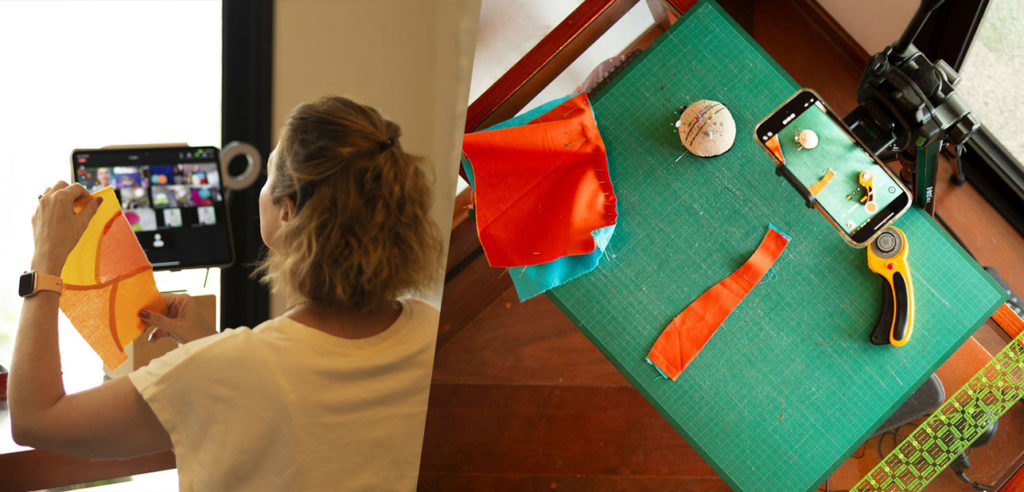
Personalized Learning and Support
Carolina offers personalized sessions that allow quilters to get specific feedback. This one-on-one approach helps students overcome challenges and refine their work. Whether working on negative space in quilting or exploring color value, Carolina provides tailored advice to help quilters grow.
Interactive and Engaging Workshops
Carolina’s live workshops and Zoom classes provide real-time interaction. These sessions are designed to be engaging and hands-on, offering demonstrations and detailed instructions. Students leave with practical knowledge and confidence in their quilting abilities.Carolina Oneto’s commitment to helping artists master their craft is unmatched. For more details on her services, feel free to contact us


